Mama Ngina Drive
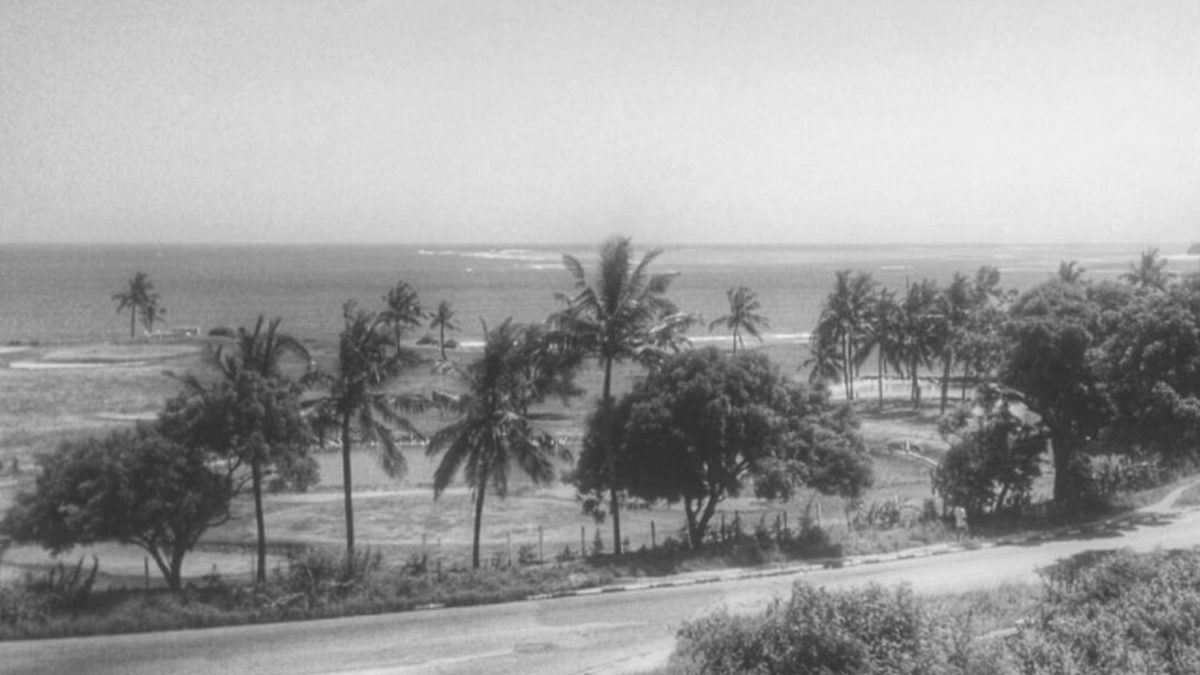
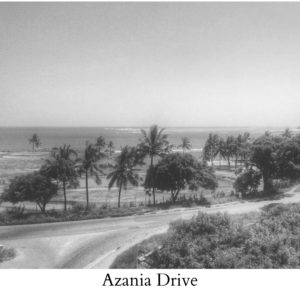
Mombasa’s ability to attract foreigners is unquestioned. Just ask history. One of the earliest references to Mombasa and the entire East African coast was in 700AD when Greek and Roman scholars referred to the region as Azania. This name was used interchangeably with Zinginon and \Zanj, to mean “the land of black people.” The name Azania was then adopted by Arab traders when they began sailing to Mombasa.
But before the Arabs, the Portuguese, the British and the Indians settled in Mombasa, the city and the entire coastline stretching from Mogadishu to Cape Delgado was inhabited by Bantu African communities. While originally from Shungwaya, these Bantu communities did not identify as one unit. When they settled along the East African coast, they identified by their geographical locations.
The Wakilindini, Wachangamwe and Watangana settled along the southern and southwestern shores of Mombasa Island. They came together under the name Thelatha Taifa, and this region also came to be known as Thelatha Taifa.
Thelatha Taifa was characterized by the growth of baobab trees which were laden with mabuyu fruits. When the Portuguese reign began in Mombasa, island governance was not interfered with since trade was all the Portuguese cared about. As a result, Thelatha Taifa maintained autonomy even during this European occupation. Thelatha Taifa later moved away from the southern shores and founded three villages: Kilindini which was on the western part of the island, Changamwe on the northern mainland, and Mtongwe on the western mainland.
The allure of the southern shores could not be denied but despite its beauty, many wars were fought for the control of Mombasa Island on these grounds. This resulted in scores of casualties and fatalities; Thelatha Taifa who passed away were buried in unmarked graves under the baobab trees. Because of this, tales were told of this area being the dwelling place of spirits, causing a name change from Thelatha Taifa to Ras Mzimli, which means “the headland of spirits.” Evidence of the use of this name can be traced back to the 17th century, when a stone inscription was engraved at the entrance of the Old Law Courts (now Mombasa Court of Appeal) by the Portuguese.
Between 1912 and 1936, Ras Mzimli was turned into a public park by the British. A road that skirted the ocean frontage passed through this park; it offered a scenic view of the baobab trees against the backdrop of the blue ocean. Once completed, the British gave the park and the road running through it the name Azania Drive.
Post-independence, President Jomo Kenyatta scraped the name Azania Drive and honoured his wife by renaming it Mama Ngina Drive. In 1991, the historical public park – Mama Ngina Drive Public Park – was gazetted as a national monument. In 2019, the park was given a facelift and renamed the Mama Ngina Waterfront Park. Visitors still stream in to catch breathtaking views of the Indian Ocean. And while the drive is now lined with palm trees, 500-year-old baobab trees dot the vicinity, reminding us of historic events and how Mombasa city came to be.

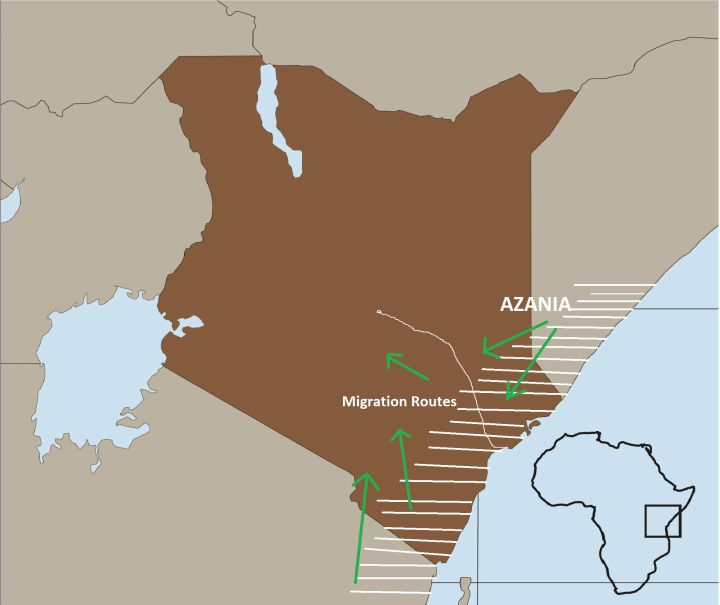
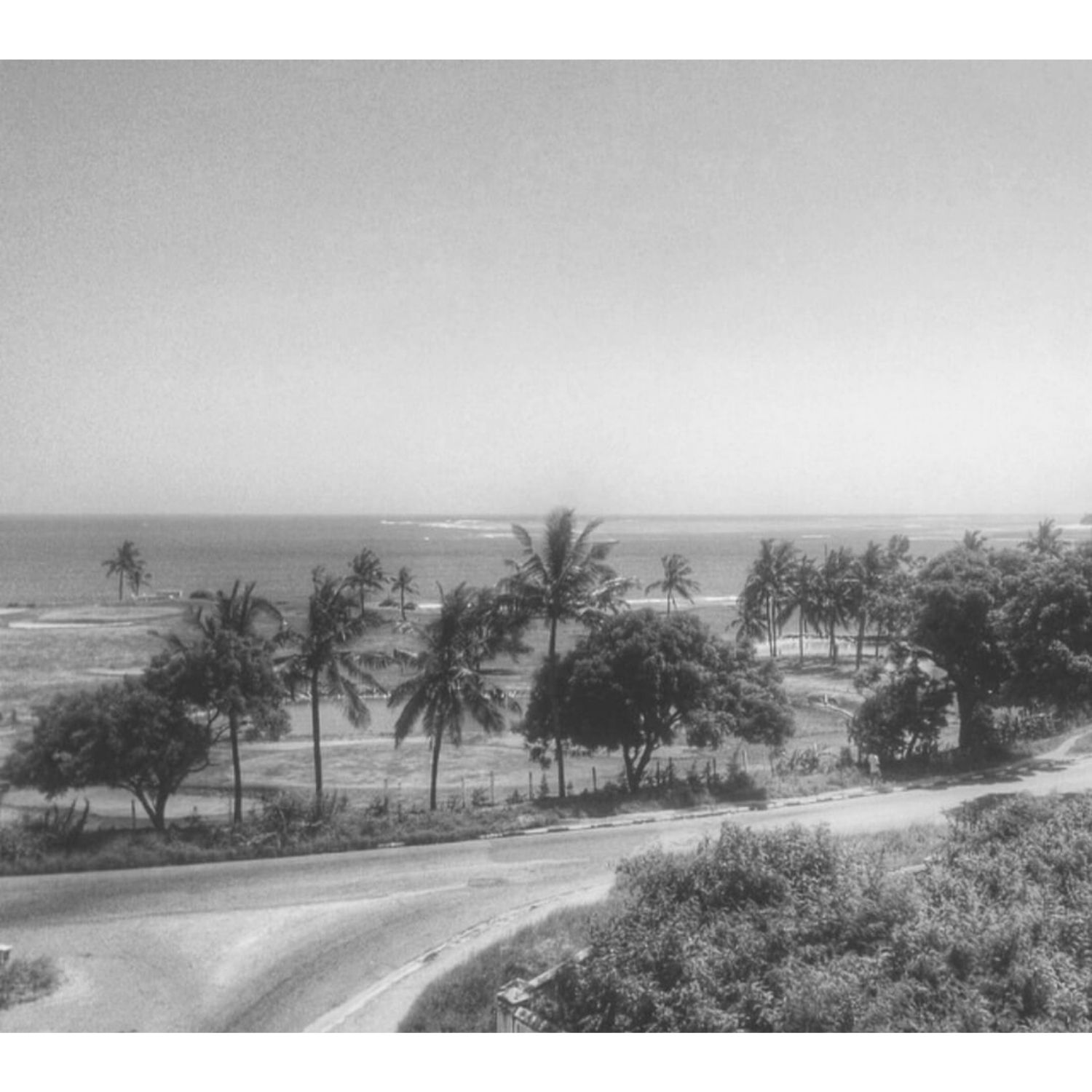
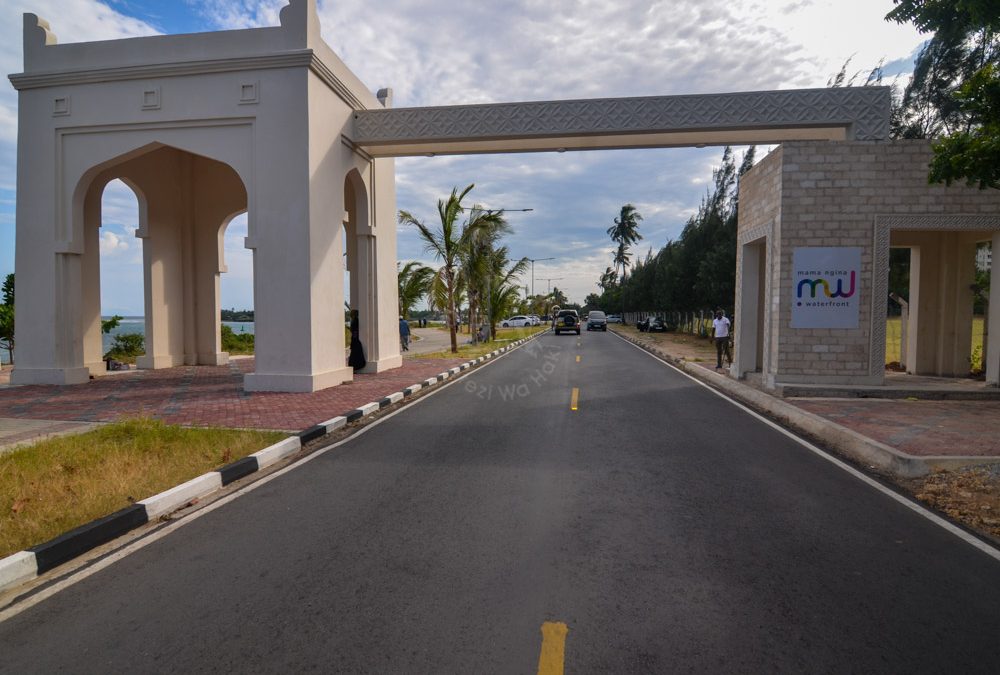
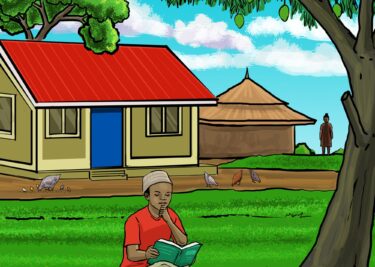
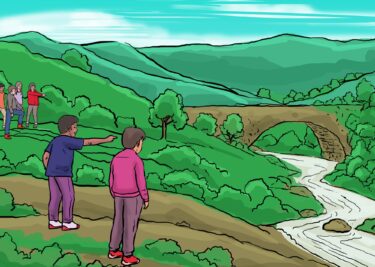
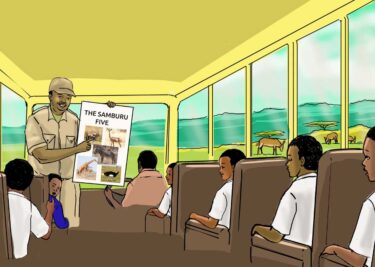
2 Comments
I just love history esp our own
[…] https://paukwa.or.ke/mama-ngina-drive/ […]